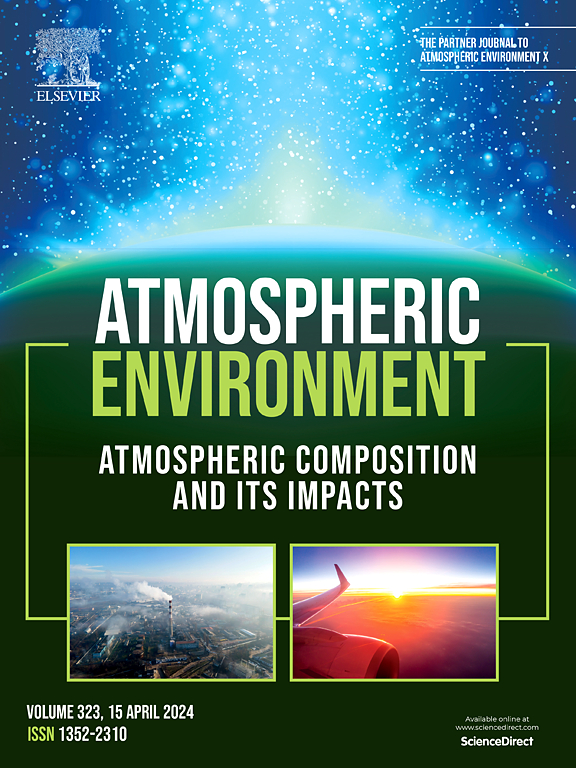Global health impacts of PAHs based on high-resolution modeling by dynamic simulation and relative emission downscaling
IF 3.7
2区 环境科学与生态学
Q2 ENVIRONMENTAL SCIENCES
引用次数: 0
Abstract
Polycyclic aromatic hydrocarbons (PAHs) are one of the highly toxic pollutants that require strict control. High-resolution distribution of PAHs is crucial for accurately quantifying their population exposure levels. However, due to the high computational cost, few models applying the dynamical approach could simulate global PAHs to evaluate health effects with resolution down to 1–10 km. This study simulated the global distribution of PAHs by combining the IAP-AACM model with a nonlinear downscaling method based on relative anthropogenic emissions and observations. A global high-resolution (0.1° × 0.1°, ∼10 km in middle latitudes) dataset of Benzo[a]pyrene (BaP, the most representative PAHs) in 2013 and 2018 is generated to support exposure studies. The 0.1° × 0.1° results are comparable to the nested simulation and have better consistency with observations than that of the 1° × 1° simulation. The 0.1° × 0.1° estimation shows significantly higher population-weighted total incremental lifetime cancer risks (PTILCR), with an increase larger than 50 %, compared to the 1° × 1° simulation. The PTILCR is greatly higher in winter than in other seasons and it is larger for children and young adults than for adolescents and seniors. The study has significant implications for the reliable assessment of global health risks of PAHs and the development of scientific management strategies for different age groups.
基于动态模拟和相对排放降尺度的高分辨率建模的多环芳烃全球健康影响
多环芳烃(PAHs)是一种需要严格控制的高毒性污染物。多环芳烃的高分辨率分布对于准确量化其人群暴露水平至关重要。然而,由于计算成本高,采用动力学方法模拟全球多环芳烃以评估健康影响的模型很少,分辨率低至1-10 km。本研究将IAP-AACM模型与基于相对人为排放和观测数据的非线性降尺度方法相结合,模拟了多环芳烃的全球分布。生成了2013年和2018年全球高分辨率(0.1°× 0.1°,中纬度约10公里)苯并[A]芘(BaP,最具代表性的多环芳烃)数据集,以支持暴露研究。与1°× 1°模拟相比,0.1°× 0.1°模拟的结果与观测值的一致性更好。与1°× 1°模拟相比,0.1°× 0.1°估计显示出显著更高的人群加权总增量终身癌症风险(PTILCR),增幅大于50%。冬季的PTILCR明显高于其他季节,儿童和青年的PTILCR高于青少年和老年人。该研究对可靠评估多环芳烃的全球健康风险和制定针对不同年龄组的科学管理战略具有重要意义。
本文章由计算机程序翻译,如有差异,请以英文原文为准。
求助全文
约1分钟内获得全文
求助全文
来源期刊

Atmospheric Environment
环境科学-环境科学
CiteScore
9.40
自引率
8.00%
发文量
458
审稿时长
53 days
期刊介绍:
Atmospheric Environment has an open access mirror journal Atmospheric Environment: X, sharing the same aims and scope, editorial team, submission system and rigorous peer review.
Atmospheric Environment is the international journal for scientists in different disciplines related to atmospheric composition and its impacts. The journal publishes scientific articles with atmospheric relevance of emissions and depositions of gaseous and particulate compounds, chemical processes and physical effects in the atmosphere, as well as impacts of the changing atmospheric composition on human health, air quality, climate change, and ecosystems.
 求助内容:
求助内容: 应助结果提醒方式:
应助结果提醒方式:


